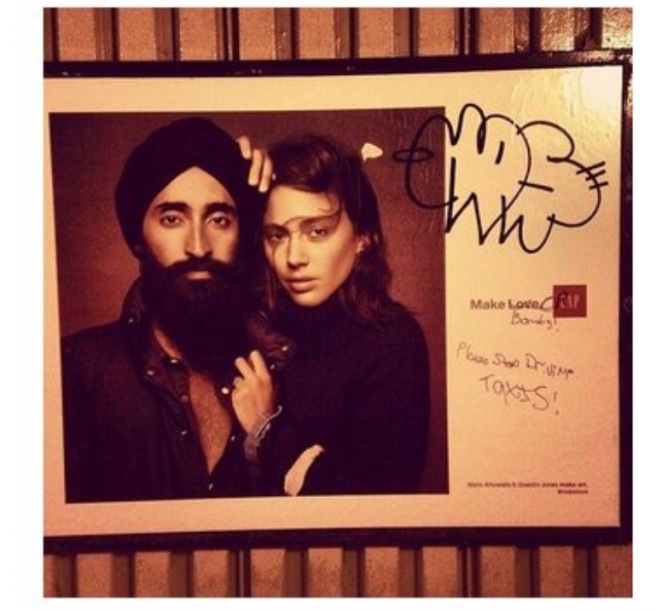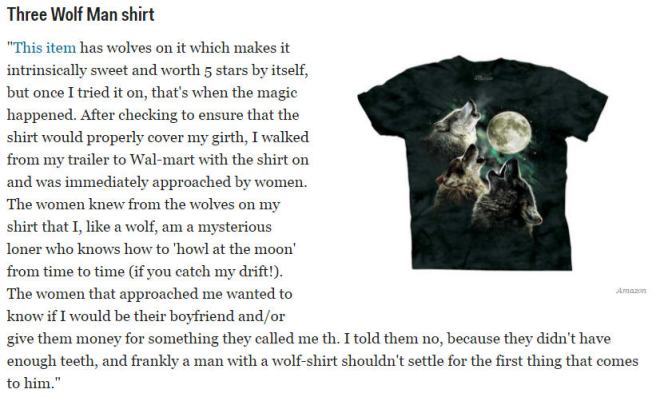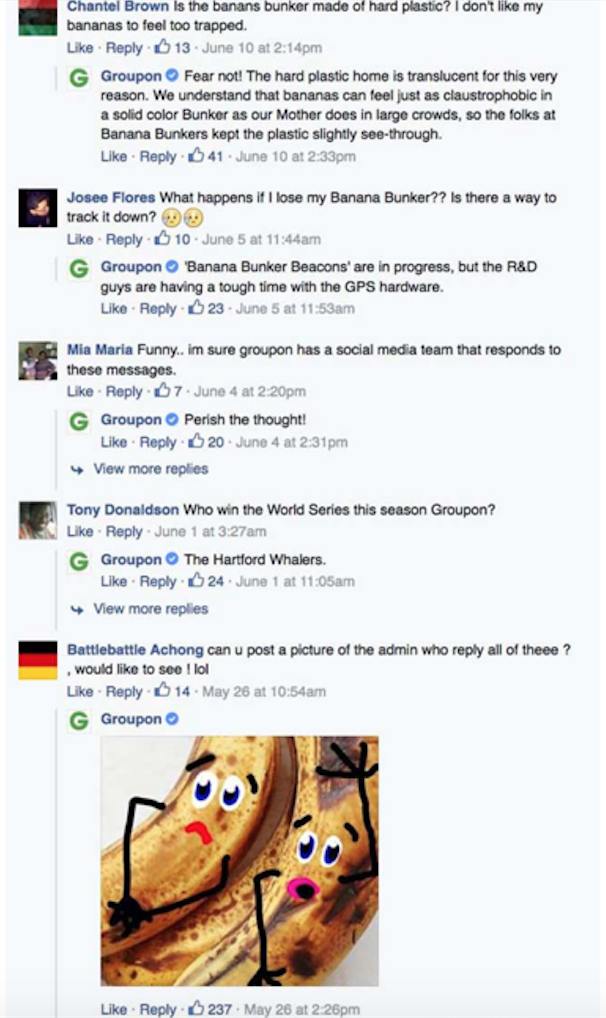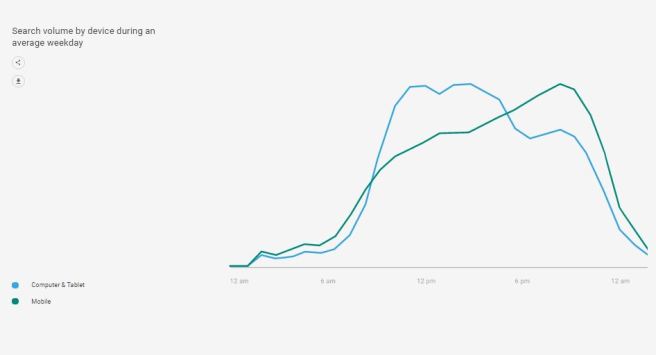When I saw an article that Budweiser was relabeling it’s beer “America” for the summer months (May thru September) I thought to myself, “that’s bs they aren’t even an American company.”
Budweiser is branded as an American beer. The company is known for its sport sponsorships. It is the official beer of NASCAR. What is more American than NASCAR? However, in November 2008, during the Great Recession, InBev, a Beligian-Brazilian beverage and brewing company, purchased Budweiser (Very unamerican).
Budweiser is known in the US as an American beer. If you asked me what beer screams ‘Merica, I would tell you Bud Heavy (Budweiser). The company has recently had summer promotions with the American flag and Statue of Liberty on its cans. InBev uses the company its customers patriotism to build brand loyalty. It is what made the brand as strong as it is today and it is what InBev must do to make sure the brand continues to be strong. For this reason, it makes complete sense InBev would relabel Budweiser as “America” for summer months.
Beer sales spike between May and September and with the Olympics and Independence Day this summer, it makes sense that InBev would want to market Budweiser in a way that appeals to their consumers patriotism this summer. Putting a label on a can that literally says “America,” is a very direct way to do it. This marketing campaign has created a lot of buzz on the news, which is free publicity for the company.
There is one risk to branding your beer as an American beer if you are not an American company. There is a risk that the basis of your brand could fall apart. In my opinion a true American brand should be owned by an American company, with profits staying in America. To me labeling a beer “America” is false advertising because the beer is not owned by an American company.
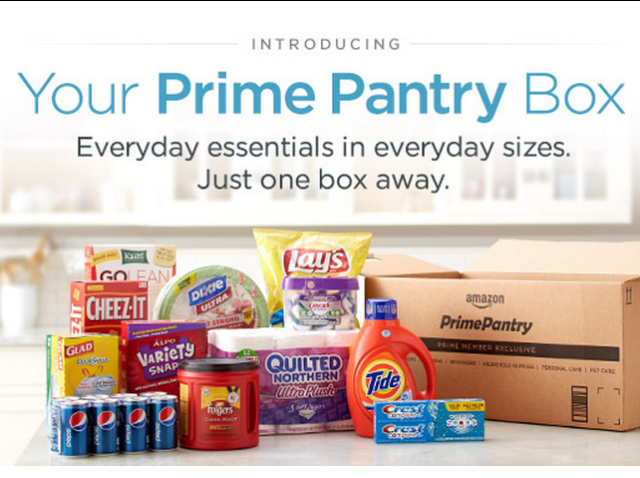
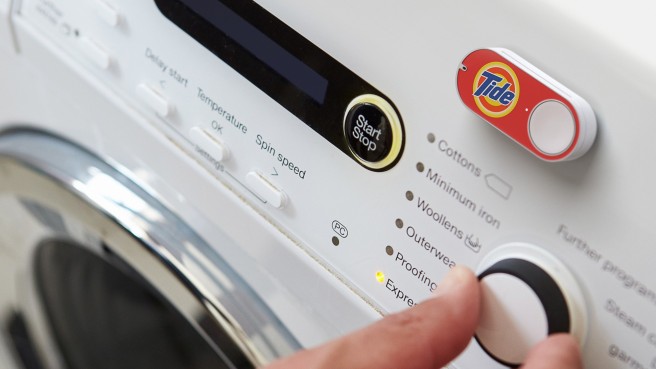
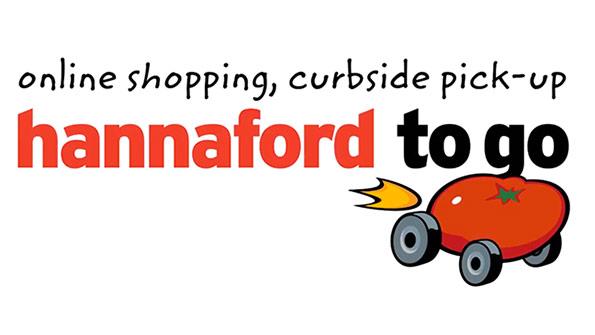
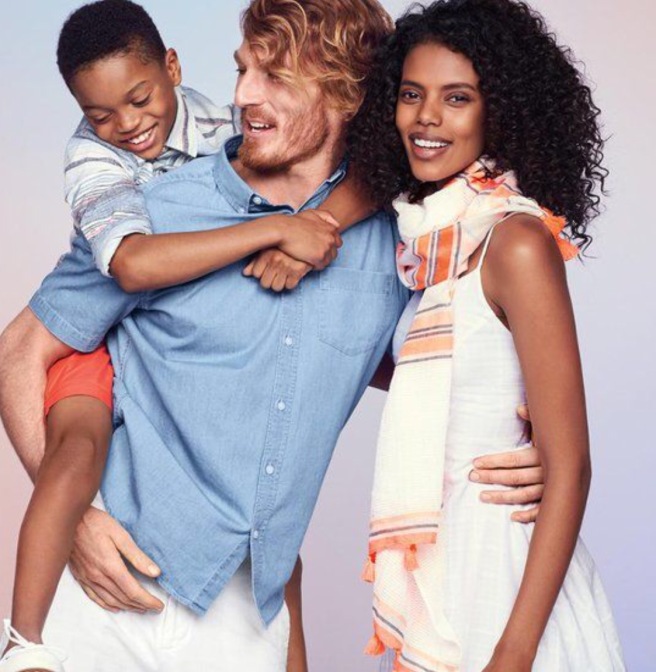
 Now, what would have happened if there was no minority on the poster? Someone would have had a comment about that too.
Now, what would have happened if there was no minority on the poster? Someone would have had a comment about that too.